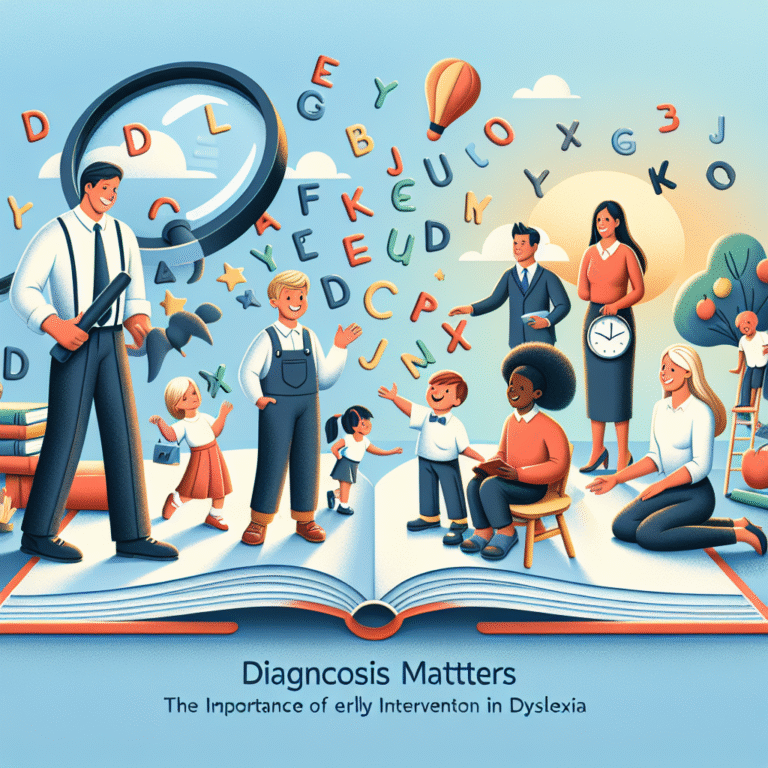
Negative reinforcement can be a controversial topic, often misinterpreted and seen as punitive. However, understanding its nuances reveals how it can serve as a powerful tool for behavior modification when applied correctly. In this article, we will explore The Double-Edged Sword of Negative Reinforcement: Benefits and Drawbacks, providing insights and case studies that illustrate both sides of this essential psychological principle.
Introduction
Imagine a child touching a hot stove and pulling their hand back immediately to avoid pain. This instinctive reaction saves them from a severe burn. In essence, they’ve learned to avoid the stove through the power of negative reinforcement. This immediate response and avoidance strategy highlight how negative reinforcement can encourage desired behaviors. Yet, as with any tool, it wields both advantages and disadvantages. Understanding The Double-Edged Sword of Negative Reinforcement: Benefits and Drawbacks is crucial for educators, parents, and leaders aiming to shape behavior effectively.
Why Is This Topic Relevant?
In a world where behavioral strategies can dictate the success or failure of initiatives, diving deep into the mechanics of negative reinforcement offers compelling insights. With rising interest in psychology, behavioral economics, and learning theories, this topic is timely. Leaders in various fields—education, business, and therapy—often grapple with behavioral adjustments, making it essential to understand the complexities involved when applying negative reinforcement techniques.
Understanding Negative Reinforcement
To grasp The Double-Edged Sword of Negative Reinforcement: Benefits and Drawbacks, we must first define negative reinforcement itself. Contrary to what the term "negative" might imply, negative reinforcement involves removing an unpleasant stimulus to increase the likelihood of a behavior’s occurrence.
The Mechanics of Negative Reinforcement
- Definition: Negative reinforcement encourages a behavior by removing an aversive condition.
- Examples:
- Taking pain medication to eliminate pain.
- Buckling a seatbelt to stop the car’s warning beep.
Psychological Perspectives
Psychology delineates between negative reinforcement and punishment. The former seeks to strengthen behavior by alleviating discomfort, while the latter aims to diminish undesirable actions through adverse consequences. Understanding this distinction is integral to navigating The Double-Edged Sword of Negative Reinforcement: Benefits and Drawbacks.
Benefits of Negative Reinforcement
Negative reinforcement can be a potent tool when applied thoughtfully. Here’s a look at some of its compelling benefits:
1. Encouragement of Desired Behaviors
When individuals associate specific actions with the relief from discomfort, they are more likely to repeat those actions. This creates a pathway for behavioral growth.
Case Study: Organizational Behavior
A prominent tech company implemented a system where employees could opt out of an overwhelming meeting by completing a project ahead of schedule. This practice drastically improved productivity and allowed employees to engage in meaningful work, illustrating a successful application of positive behavioral reinforcement.
Analysis: The strategy focuses on the removal of an unwanted situation (the meeting) to encourage timely project completions, thereby enhancing both motivation and output.
2. Efficient Learning Environment
Negative reinforcement can streamline education processes, particularly in children struggling to grasp new concepts.
Case Study: Classroom Management
A second-grade teacher employs a strategy to remove a timed reading test’s pressure—by rewarding students who complete their assignments without needing a retest. This method motivates students to engage without the fear of repercussions.
Analysis: While it appears to be a simple act of kindness, the underlying negative reinforcement encourages timely submissions and creates a more cohesive learning environment.
3. Rapid Behavioral Change
Negative reinforcement can lead to quick, observable changes in behavior, making it particularly useful in therapeutic settings.
Case Study: Behavioral Therapy
Certainly, behavioral therapists utilize negative reinforcement by allowing clients to avoid discomfort related to social anxiety via gradual exposure.
Analysis: The removal of the anxiety-provoking stimulus destinations (like speaking in public) effectively promotes a healthier coping mechanism.
Drawbacks of Negative Reinforcement
Despite its benefits, negative reinforcement’s application can often backfire, presenting several relevant drawbacks.
1. Risk of Over-Reliance
When individuals depend too heavily on negative reinforcement, it may result in a lack of intrinsic motivation.
Case Study: Employment Motivation
A sales team that primarily relies on penalties for underperformance rather than recognizing achievements can foster a toxic workplace atmosphere. Employees become disengaged and demoralized.
Analysis: In this case, while negative reinforcement achieved short-term results, it failed to address the long-term motivation crucial for sustained performance.
2. Potential for Fear-Based Responses
Using negative reinforcement without consideration can engender a culture of fear, leading individuals to perform only to avoid negative outcomes rather than for positive rewards.
Case Study: Educational Settings
A strict school environment where students are punished for failing grades may deter learners from taking risks in their academic pursuits.
Analysis: This scenario showcases how fear can stifle creativity and independent thought, hindering growth opportunities and healthy competition.
3. Misinterpretation of Intent
Negative reinforcement can easily be misinterpreted as punitive measures rather than motivational incentives, leading to resentment.
Case Study: Family Dynamics
In a household where chores are enforced through the threat of loss of privileges—such as screen time—children may view expectations as punishment, fostering rebellion instead of compliance.
Analysis: Strong emotional responses to perceived injustices can warp relationships and inhibit effective communication, demonstrating the delicate balance of reinforcement strategies in a familial context.
Navigating the Double-Edged Sword
When harnessing The Double-Edged Sword of Negative Reinforcement: Benefits and Drawbacks, individuals should take certain precautions to maximize benefits while minimizing drawbacks.
1. Encourage Positive Association
Focus on creating associations that highlight the benefits of behaving correctly rather than merely avoiding discomfort.
2. Emphasize Options and Choice
Allow individuals the freedom to choose how they want to fulfill their responsibilities, fostering a sense of agency.
3. Monitor and Adjust
Implement feedback loops to gauge the effectiveness of negative reinforcement strategies. Tuning into emotional responses can prevent negative side effects.
Conclusion
Negative reinforcement, when wielded with care, can be a compelling force in behavioral change—supporting growth, learning, and engagement. However, recognizing The Double-Edged Sword of Negative Reinforcement: Benefits and Drawbacks is crucial to harnessing its potential responsibly.
In navigating this complex landscape, individuals can not only assist others in realizing their full potential but also enrich their journey toward success. So, whether you’re a teacher, manager, or parent, remember: the goal isn’t merely to eliminate the negative; it’s to inspire positive change.
FAQs
1. What is the difference between negative reinforcement and punishment?
Negative reinforcement involves the removal of an unpleasant stimulus to increase a desired behavior, while punishment applies an aversive consequence to decrease unwanted behavior.
2. Can negative reinforcement lead to anxiety or stress?
Yes, when misapplied, negative reinforcement can create a fear-based environment, leading to anxiety and stress in individuals, ultimately hindering performance and learning.
3. How can I effectively apply negative reinforcement in parenting?
Maintain a balance between setting expectations and recognizing achievements. Approach behavior modification with empathy, allowing children to understand the benefits of making positive choices.
4. Is there a risk of negative reinforcement backfiring?
Yes, consistently applying negative reinforcement can lead to dissatisfaction, fear, and disengagement. It’s essential to pair it with positive reinforcement to foster a supportive environment.
5. Are there alternatives to negative reinforcement?
Yes, alternatives such as positive reinforcement, intrinsic rewards, and creating supportive environments can significantly enhance motivation and reduce reliance on negative reinforcement.
The journey to understand The Double-Edged Sword of Negative Reinforcement: Benefits and Drawbacks is ongoing, representing an essential aspect of human behavior and learning. Whether you’re advocating for positive changes in your classroom, office, or home, being mindful of these principles can pave the way for more productive and fulfilling environments.












